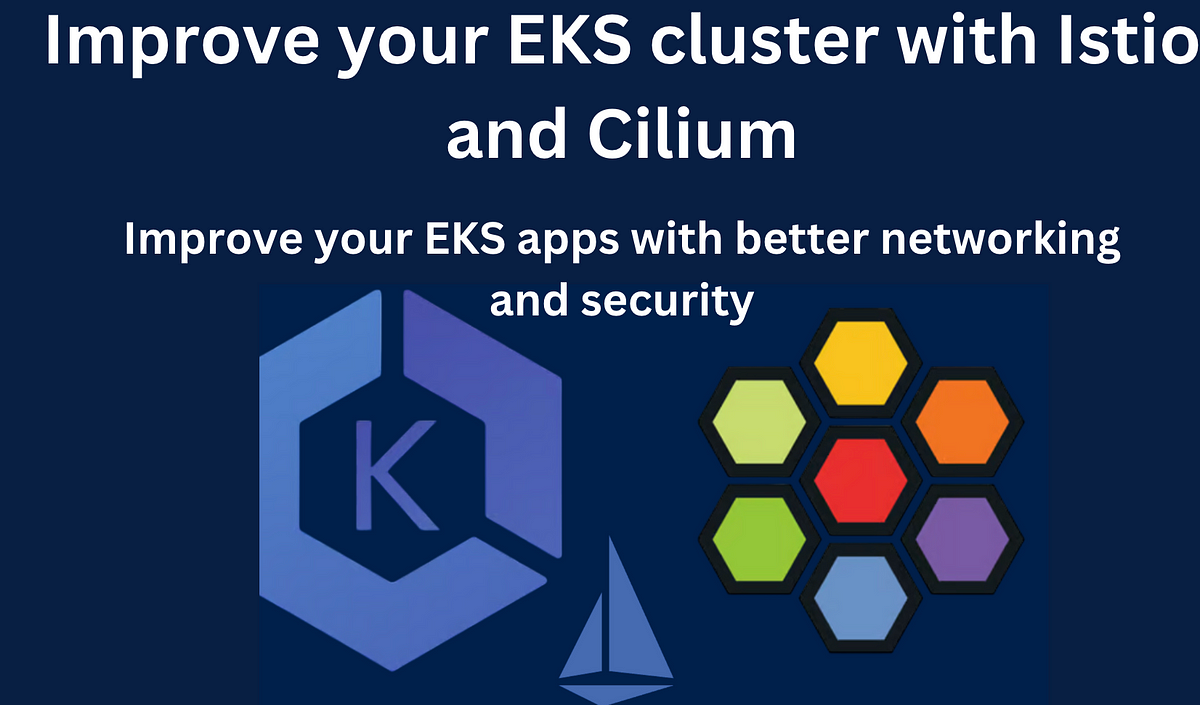6 Modern communication: sockets
Communication with pipes has some limitations. First, it is local to a machine: with named pipes, communicating processes must run on the same machine and what’s more, with anonymous pipes, they must share a common ancestor. Furthermore, pipes are not very suitable for a particularly useful model of communication: the client-server model. In this model, only one program, the server, has direct access to a shared resource. The other programs, the clients, access the resource by connecting to the server. The server serializes and controls the access to the shared resource. (Example: the x -window windowing system — the shared resources are the screen, the keyboard and the mouse.)
The client-server model is difficult to implement with pipes. The major difficulty is to establish the connection between a client and the server. With anonymous pipes, it is impossible: the server and the client would need a common ancestor that allocated an arbitrarily large number of pipes in advance. With named pipes, the server could read connection requests on a particular pipe. These requests would contain the name of another named pipe created and used by the client to communicate with the server. The problem is to ensure the mutual exclusion of simultaneous connection requests performed by multiple clients.
In the model described above, the server U and the client A establish a private connection (3) to communicate without interference from other clients. For that reason, this mode of communication is referred to as the connection-oriented mode. If the transaction is short the server can handle the request directly (without forking) through the connection (3). In this case, the next client must wait for the server to be available, either because it is handling the connection (3), or because it explicitly manages several connections via multiplexing.





















